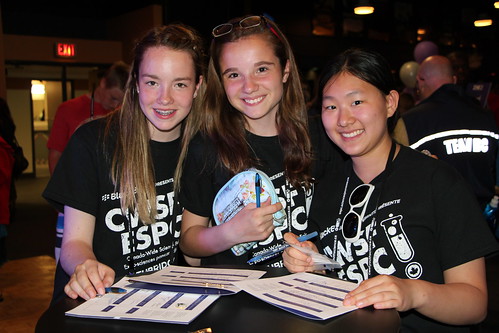 |
| Bust of Jacques Cartier, at Cartier Museum, St-Malo, France |
Winter, in the year 1535 near what is now Quebec City (Canada). Jacques Cartier and his men are gravely ill. They are 5000 km from home, their boats are locked in ice in a unknown territory, with limited supplies, and no doctor. Jacques Cartier did not know that his men were dying of scurvy, a disease caused by the absence of vitamin C in the diet. He did observe, however, that a local First Nations man named Agaya, once had similar symptoms, but was now apparently well and walking in front of Cartier's emergency winter shelter. With 25 of his crew already dead, 95% of the remaining members incapacitated and dying, Jacques Cartier decided to ask Agaya for the cure.
 |
| Jacques Cartier's former residence, near St-Malo, France. |
The First Nations' people offered the needles and bark of the plant "annedda", from which an infusion was to be drunk every second day until cured. It worked. Like Agaya, Jacques Cartier's men were quickly restored, survived the remaining Canadian winter and returned to France. With the support of the French king Francois I, Jacques Cartier returned the resource-rich territory a third trip in 1541.
 |
| Jacques Cartier's tomb, Cathédrale St-Vincent in St-Malo |
Jacques Cartier recorded the first exchange of information between European and Indigenous cultures in Canadian territory for the goal of medical benefit. Today we call this exchange
ethnobiology. We visited Jacques Cartier's estate, near the port city of St Malo, France, from where he launched his expeditions that opened Canada to the world. In the Cancer Cell Laboratory, we follow this 500 year old tradition of identifying and testing Canadian plants to find compounds for medicinal benefit. Our work is focused on finding plants that have compounds with anti-cancer properties. We have found two plants that show promise in preliminary laboratory tests, and we now are identifying the active ingredients within them.






